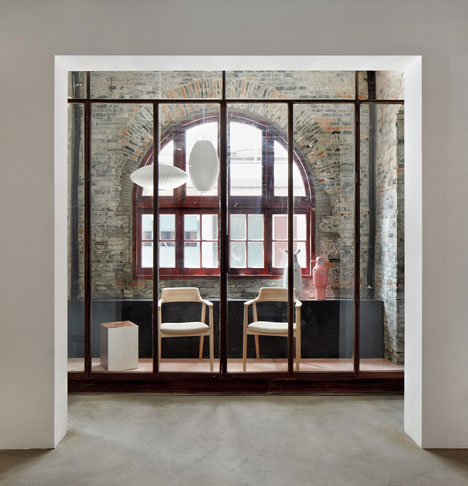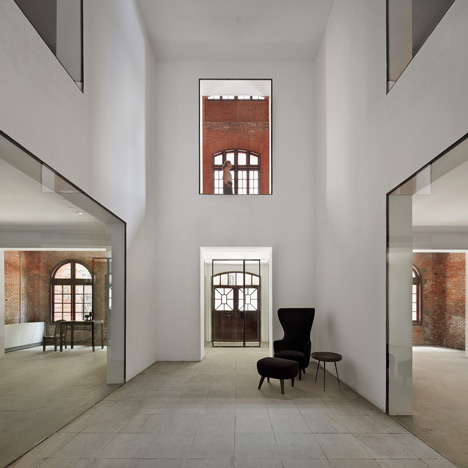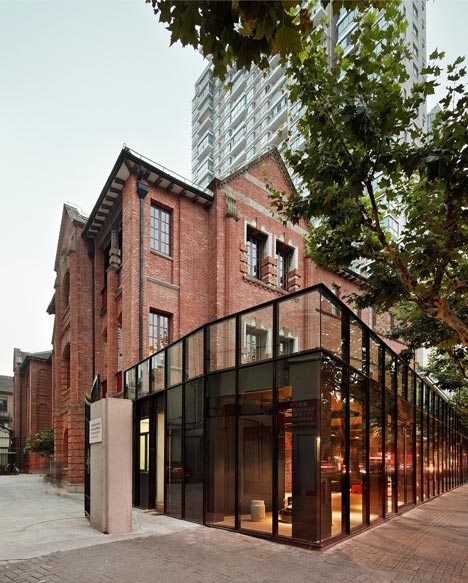"The western media likes to portray China as this big behemoth" - Neri&Hu
Interest in conservation and small scale development is growing in China, according to Shanghai architects Lyndon Neri and Rossana Hu, whose conversion of a former colonial police station opened in the city this month (+ movie).
The Design Republic Commune, designed by Neri&Hu, contains a new flagship store for the architects' design retail brand Design Republic, as well as a centre for exhibitions and events.

Neri explains how restoration projects like this are common in the west, but that in China you are more likely to find entirely new interiors within historic buildings, which he describes as a "bling-bling experience". However, he insists that interest in conservation is growing.
"The western media likes to portray China as this big behemoth, bigger, better, richer, crasser version of America," Neri says. "[But] you would be surprised. Because there is actually a group of people that are interested - even in the government, even in the business sector, even in the banking sector - in the small, the delicate, the things with meaning and purpose."
This aspect of China has not been highlighted, he adds, "because it doesn't sell newspapers".

The Design Republic Commune features a restored exterior while the interior retains traces of its previous incarnations in the form of sections of exposed beams, brickwork, plaster and timber laths as well as salvaged signage. "I think it's very important for people who come into a historic building to have certain pieces of reality, to be able to touch the inside of the building," adds Hu.
See more images of the Design Republic Commune in our earlier story, or read our interview with the architects about how Chinese architects need to develop their own design manifesto.

See all our recent stories about Shanghai »
See more stories about Neri&Hu »
Photography is by Pedro Pegenaute.